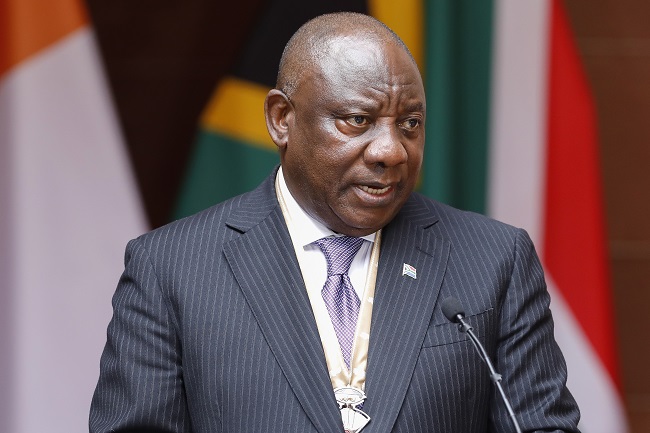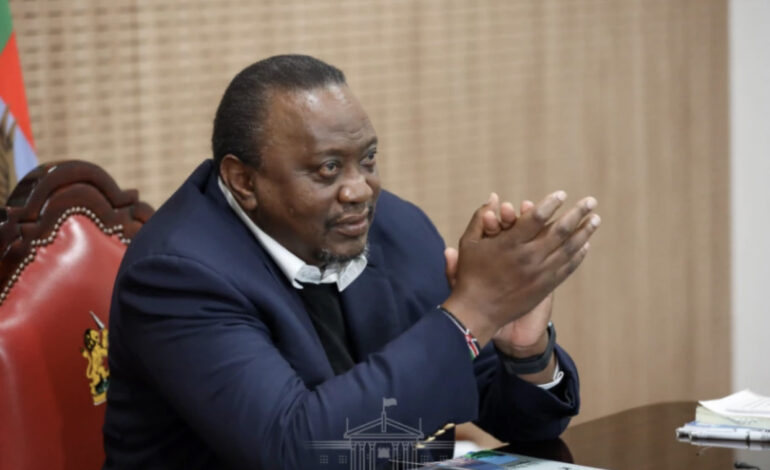
Faith Nyasuguta
As he was being sworn into office for the first time on April 9, 2013, President Uhuru Kenyatta vowed to “lead all Kenyans, those who voted for me and those who voted for our competitors” towards national prosperity firmly rooted in a rich and abiding peace.
Nearly 10 years later, the statesman has checked some boxes of his manifesto but his successor will be left to deal with a mega debt and dejected taxpayers who are already battling a galloping cost of living.
It was during Kenyatta’s tenure that billions of dollars were pumped into infrastructure projects including roads, airports, railways, ports and in energy and telecommunications.
State figures indicate that his administration has built over 11,000km of tarmacked roads, compared to only 2,000km built by the former three governments.
He has spiralled investment in ICT, which has seen internet penetration jump to 93.9 percent in 2022, from 31.4 percent in 2013. Cellphone use also rose to 131 percent from 74.9 percent in the same period.
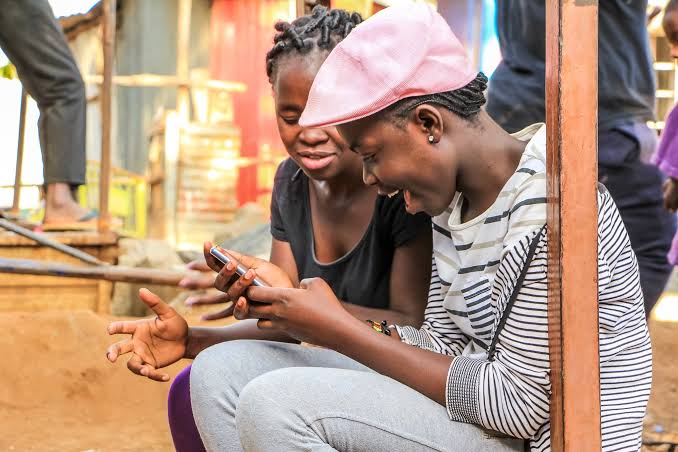
“Infrastructure has a way of turning swamps into cities, dead spaces into high-value properties, and village shopping centres into city malls,” the President said in a speech on June 1.
“Without infrastructure, there is no way of finding new possibilities. And that is why we made it one of our big push investments.”
During his reign, Huduma(service) Centres and the eCitizen online platform were introduced to ensure fast access to government services. The nation also shifted to digital television and radio. This increased the number of TV stations in the country to 130 from 14 in 2013. Radio stations jumped to 204 from 130.

Data from the central bank indicates that his Jubilee party administration oversaw plummeting lending rates by commercial banks to 12.22 percent from 17 percent in December 2013.
Government data also shows that in matters agriculture, coffee earnings have nearly doubled to at least Ksh110 ($0.93) per kilogramme of cherry, from Ksh60 per kilogramme in 2013, while tea export earnings increased 20 percent to Ksh136 billion ($1.15 billion) in 2021 from Ksh114 billion ($966.1 million) in 2013.
PILING DEBT
On the economic front, the nation’s GDP nearly tripled to Ksh13 trillion ($110.16 billion) from Ksh4.5 trillion ($38.13 billion) in 2013, while tax revenues more than doubled to Ksh2.03 trillion in the 2021/2022 fiscal year, from Ksh800 billion ($6.77 billion) in the 2012/2013.
Despite this, the outgoing head of state has been faulted for rising public debt and high-profile corruption that rocked his administration, milking public coffers dry and escalating public borrowing to finance persistent budget deficits.
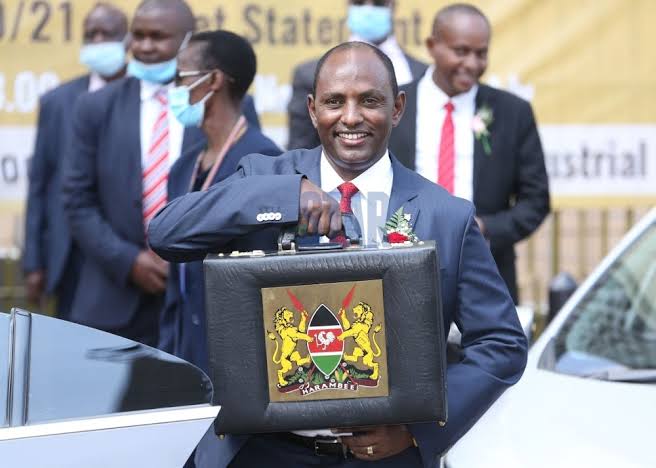
Emerging criticism indicates that while Kenyatta put emphasis on physical infrastructure development, he miserably failed in dedicating his energy to fight corruption, an issue that will definitely cloud his legacy.
In his almost one decade of leadership, senior state officials, including Cabinet and principal secretaries, have been sent packing on corruption charges while others are still battling court cases.
Kenyatta’s administration has been accused of doing little about multimillion dollar scandals featuring the Port of Mombasa, the standard gauge railway line, Kenya Medical Supplies Authority (Kemsa), dams that were never built such as Kimwarer and Arror, and the controversial gas to the poor project – popularly known as Gas Yetu.
While serving as president, the national debt hit Ksh8.56 trillion ($72.54 billion) in May 2022, from Ksh1.89 trillion ($16.01 billion) in June 2013, following data from the National Treasury.
In the 2022/2023 financial year, the government has allocated Ksh1.39 trillion ($11.77 billion) towards debt repayment, comprising Ksh690.64 billion ($5.85 billion) as interest payments and Ksh702.46 billion ($5.95 billion) as redemptions.
RISING INFLATION
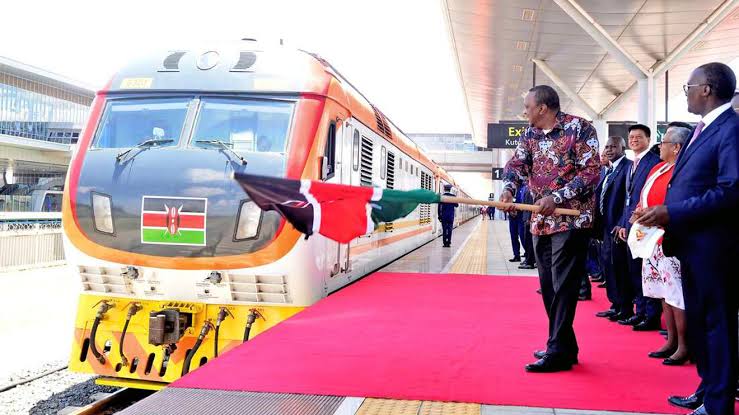
Inflation rose to 7.9 percent in June 2022 from 5.72 percent in December 2012, while the Kenyan shilling weakened significantly to stand at Ksh118 against the US dollar, from Ksh85.89 in December 2013.
With the chorus on the need to tame the rising cost of living reaching a crescendo, on July 20, President Kenyatta announced the fifth stimulus package of his regime focusing on food subsidies to cushion households from hunger.
Particularly, the President sought to address the maize flour crisis that had seen the price of a two-kilogramme packet of maize flour reach Ksh205 ($1.73), from Ksh100 ($0.84). He termed it an engineered crisis that repeats itself just every election year and ordered price control through a government subsidy.
“I note with regret that the cost of a 2kg pack of maize-meal remains out of reach for many,” he said.
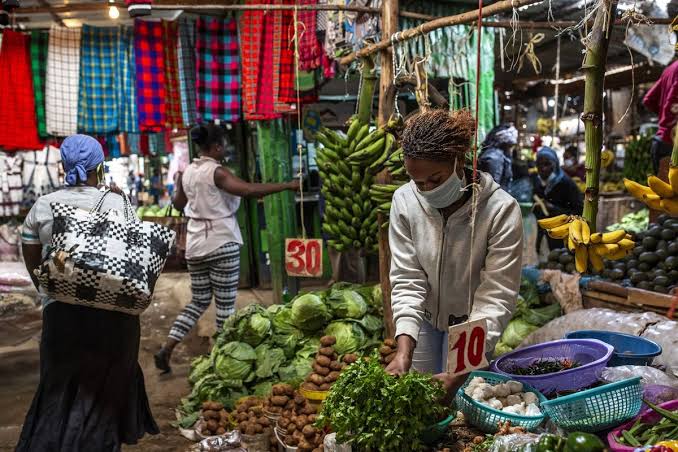
The package entailed suspension of the Railway Development Levy and Import Declaration Fee on all imported maize.
Kenyatta said the programme of subsidising maize meal by Ksh105 ($0.88) per 2kg packet was meant to lower the cost of living for vulnerable households as a sustainable solution was sought.



